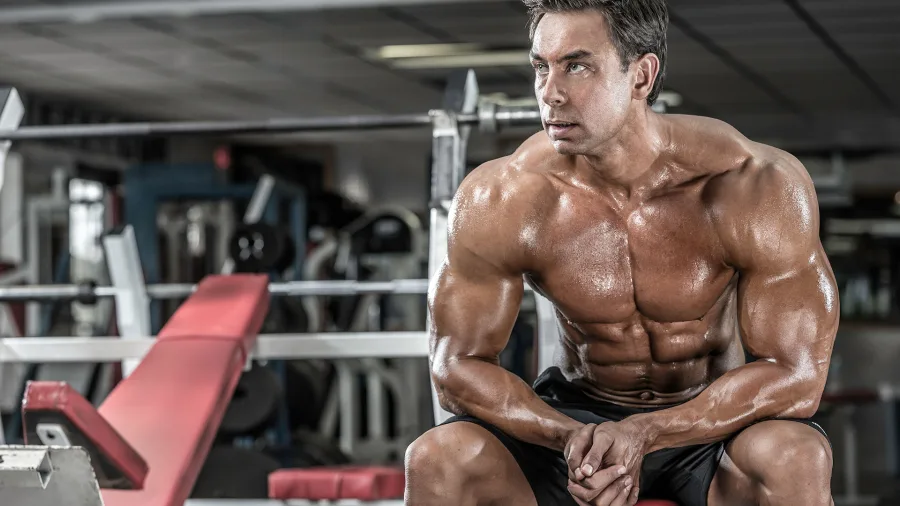Maik Wiedenbach Takes a Data-Driven Approach to Bodybuilding

Data analytics is changing the face of sports as we know it, and Major League Baseball is one of the most visible examples.
The Cubs’ 2016 World Cup win, the Astros’ 2017 World Series championship win, and the Red Sox’s 2004 World Series win were all achieved with contributions from a data-driven approach where data analysis informs decision-making.
The same concept is well-known and routinely used in many spheres of life. The overused adage about being able to manage the things that are measured rings true because it applies to business practices, personal productivity, marketing, and an increasing number of sports.
However, according to Maik Wiedenbach, a former Olympic-level swimmer, NYU professor, and NYC best personal trainer, one sports area stands out for its reluctance to adopt a data-centric approach.
“Of all the sports that I’ve encountered, bodybuilding and fitness is the least data-based and science-based,” he says.
As a former swimmer, ranked Top 50 in the world, Maik Wiedenbach has a valid point of comparison. Swimmers measure all sorts of stats, from VO2 max, time off the blocks, speed of turn, stroke rates, and pace. In bodybuilding, he says, things work differently.
“It’s more like ‘see that guy in good shape? Let’s do what he’s doing’ type of philosophy. If other sports were run like bodybuilding and fitness, no one would ever run a hundred meters under ten seconds.”
Towards a More Data-Driven Approach to Fitness
The approach Maik Wiedenbach proposes is based on data monitoring and using a science-based approach to bodybuilding and fitness in order to maximize every workout. It’s no secret that the changes that come with fitness, namely the increase in muscle mass and the loss of adipose tissue – fat – happen when the body is challenged and stressed. That’s the basic mechanics of getting fit.
Next, it’s essential to understand which variables are measurable and worth tracking during a workout.
“I like to put the metrics into two separate categories, external and internal,” explains Maik. “The external metrics including weight for each rep that is properly executed, training volume, time under tension as well as overall training frequency per week.”
The internal stats Maik believes are worthy of taking note of include muscle activation, proper form in execution, and stability. These metrics might be harder to quantify and certainly require at least a workout partner who knows what to look at and track and, ideally, a trained coach.
Together, monitoring these metrics should help gym goers and bodybuilders better grasp their progress, build more muscle in less time and discover which muscle groups lag.
Above all, the data-driven approach aims to increase safety and prevent injuries with better insights.
Beyond Data – Working Out Smarter
More than just data and devices need to line up correctly to ensure the best possible results.
Regarding tracking stats for bodybuilding, Maik Wiedenbach prefers good-old pen and paper to smartwatches and similar gadgets. To him, it’s all about how finely tuned the machine is set up to work with a body, so when it comes to weights, he has high standards for what he allows in his New York City gym.
“We imported these machines from Europe – it’s a pain to organize the shipping and the customs, but it’s worth it,” he explains. “The way they’re set up in terms of biomechanics, they’re simply better than anything else out there. The quality of the material is better, too.”
Maik Wiedenbach is also aware of the way the fitness industry advertises, often promising results that are just not feasible with the prescribed regiment.
He often sees programs that focus on the “ten minutes a day, three times a week” framework while promising results akin to a professional athlete. However, consumers don’t realize that’s not how those elite athletes train.
“The top athletes and Olympians with millions of dollars in research behind them still train two times a day for two hours because they didn’t get the Facebook post telling them they can cut it down?” he says.
In the other camp, people are doing punishing workouts that leave them throwing up, all in the name of the “no pain, no gain” mentality. Again, they’re making a fundamental mistake.
“For the elite athletes, working out is like going to work. There are good days, there are bad days, but over time, they work at it, and they achieve a goal,” Maik Wiedenbach explains. “So, whatever you choose for your fitness journey has to be doable for a long time. If you’re vomiting after every workout, you’re not going to stick with it.”
Combating these misconceptions and finding ways to help people achieve their fitness goals has been driving Maik Wiedenbach throughout his career. He’s developed fitness programs, written books, and lectured about them. Above all, he wanted to leave people with a simple message.
“It’s about improving one’s quality of life and changing one’s physique. It’s about setting realistic goals and working towards them in the smartest, most efficient way,” he says. “People come here, and they expect me to be like a drill sergeant, but it’s not what we’re doing. We’re all adults here. This isn’t the NFL boot camp. You should want to come back.”
